Home>Garden Essentials>Where Did Chia Seeds Come From
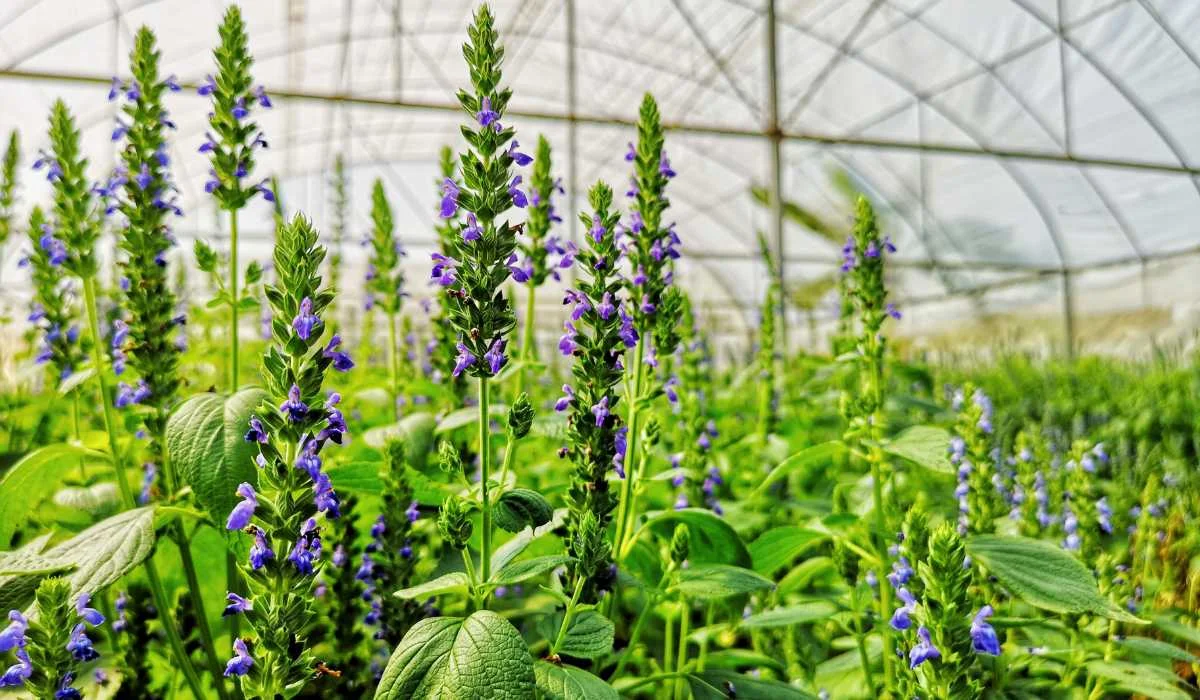

Garden Essentials
Where Did Chia Seeds Come From
Modified: October 18, 2024
Learn about the origin of chia seeds and their relevance to the garden. Discover how this healthful superfood is cultivated and incorporated into your gardening routine.
(Many of the links in this article redirect to a specific reviewed product. Your purchase of these products through affiliate links helps to generate commission for Storables.com, at no extra cost. Learn more)
Introduction
Welcome to the fascinating world of chia seeds! These tiny, versatile seeds have gained immense popularity in recent years, finding their way into kitchen pantries and health food stores worldwide. But have you ever wondered where chia seeds come from and why they have become such a sought-after superfood?
Chia seeds have a long and storied history, dating back thousands of years. Originating from Central and South America, chia seeds were a staple in the diets of ancient Aztec and Mayan civilizations. Revered for their impressive nutritional profile and numerous health benefits, chia seeds were an important source of sustenance and vitality for these ancient cultures.
However, the use of chia seeds gradually declined over time, with the arrival of European conquerors who suppressed indigenous traditions and agricultural practices. Sadly, chia seeds faded into obscurity, until their rediscovery in recent decades sparked a renewed interest in their incredible qualities.
Today, chia seeds are hailed as a nutritional powerhouse, packed with essential vitamins, minerals, and antioxidants. These tiny seeds boast an impressive array of health benefits, from aiding in weight loss and promoting digestive health to improving heart health and boosting energy levels. Moreover, chia seeds are incredibly versatile in the kitchen, adding a delightful texture and nutty flavor to a wide range of dishes.
In this article, we will delve into the origins of chia seeds and explore the ancient uses of these remarkable seeds. We will also discuss the nutritional value and health benefits of chia seeds, as well as their culinary applications. Additionally, we will provide tips and ideas for incorporating chia seeds into your diet. However, it is important to note that while chia seeds offer numerous benefits, they may not be suitable for everyone, and certain precautions should be taken.
So, let us embark on a journey through time, uncovering the secrets of chia seeds and discovering why they have become a must-have ingredient for health-conscious individuals worldwide.
Key Takeaways:
- Chia seeds, originating from Central and South America, are packed with protein, omega-3 fatty acids, and fiber, offering numerous health benefits such as weight management and heart health.
- Chia seeds can be easily incorporated into daily meals, from smoothies to homemade jams, providing a nutritious boost while adding a delightful texture and nutty flavor.
Read more: Where Does Chia Seeds Come From
The Origins of Chia Seeds
Chia seeds, scientifically known as Salvia hispanica, are native to Central and South America, where they have been cultivated for thousands of years. The word “chia” itself comes from the ancient Mayan language, meaning “strength.”
Meticulously cultivated by the Aztecs and Mayans, chia seeds held a prominent place in their civilizations. These ancient cultures recognized the incredible nutritional value and medicinal properties of chia seeds, utilizing them for sustenance, fuel during long journeys, and as offerings during religious ceremonies.
Chia plants belong to the mint family and are characterized by their vibrant purple or white flowers. The seeds themselves are small, oval-shaped, and come in various colors, including black, white, and even speckled varieties.
The favorable climate and rich soil of Central and South America provided the ideal conditions for chia plants to thrive. Mexico was the epicenter of chia seed cultivation, with the Aztecs cultivating vast chia fields to meet the demands of their empire.
Chia seeds were highly valued by these ancient civilizations for their ability to provide sustainable energy. Legend has it that Aztec warriors and messengers relied on chia seeds for endurance during long expeditions, believing that a single tablespoon of chia seeds could sustain them for an entire day.
Aside from their use as a source of sustenance, chia seeds also held cultural and spiritual significance. They were used in religious offerings and rituals, symbolizing life and abundance.
While chia seeds were a staple in ancient Mesoamerican diets, consumption of the seeds gradually declined following the Spanish conquest of the Americas. The arrival of European settlers disrupted indigenous agricultural practices, and many traditional crops, including chia, were replaced by European staples such as wheat and barley.
As a result, chia seeds faded into obscurity and were largely forgotten for centuries. It wasn’t until the latter half of the 20th century that chia seeds experienced a renaissance, thanks to the efforts of researchers, health enthusiasts, and farmers who recognized the potential of these tiny seeds.
Ancient Uses of Chia Seeds
Chia seeds have a rich history of being utilized for various purposes by ancient civilizations. The Aztecs and Mayans, in particular, incorporated chia seeds into their daily lives for their nutritional value, medicinal properties, and cultural significance.
One of the primary uses of chia seeds in ancient times was as a source of sustenance. The Aztecs and Mayans recognized the high nutritional content of chia seeds and consumed them as a staple food. These tiny seeds were considered a whole protein, containing all essential amino acids, making them an excellent plant-based protein source.
In addition to their protein content, chia seeds were also rich in omega-3 fatty acids, fiber, antioxidants, vitamins, and minerals. This impressive nutrient profile made chia seeds an essential part of the ancient Mesoamerican diet, providing sustained energy and nourishment.
Chia seeds were also utilized for their hydrating properties. When mixed with water, chia seeds could absorb several times their weight in liquid, forming a gel-like substance. This gel was believed to provide endurance and keep individuals hydrated, which was particularly beneficial during long journeys or intense physical activities.
Furthermore, chia seeds were used for medicinal purposes. Ancient healers and medicine men recognized the therapeutic properties of chia seeds and incorporated them into remedies for various ailments. Chia seeds were believed to have anti-inflammatory properties, aid in digestion, and promote overall health and well-being.
The cultural and spiritual significance of chia seeds cannot be overlooked. They played an important role in religious rituals and ceremonies, symbolizing life and fertility. Chia seeds were offered to gods and used as part of religious offerings to express gratitude and seek divine blessings.
In addition to their culinary and spiritual uses, chia seeds had practical applications as well. The gel formed by mixing chia seeds with water could be used as a binder in recipes, replacing eggs or other binding agents. This made chia seeds a valuable ingredient in cooking, especially for individuals following a plant-based or allergy-friendly diet.
Overall, chia seeds held immense value in the ancient cultures of Central and South America. They were not only a significant source of sustenance and nutrition but also played a role in spirituality, medicine, and culinary traditions. The wisdom of our ancestors paved the way for the rediscovery of chia seeds and their incorporation into modern lifestyles.
Rediscovery and Popularity of Chia Seeds
After centuries of fading into obscurity, chia seeds made a remarkable comeback in the latter half of the 20th century. The rediscovery of these tiny seeds and the recognition of their incredible health benefits sparked a wave of popularity that continues to grow to this day.
The resurgence of interest in chia seeds can be attributed to several factors. In the 1990s, researchers began to study the nutritional content of chia seeds and uncover their unique qualities. They found that chia seeds were not only rich in protein but also contained a balanced ratio of omega-3 and omega-6 fatty acids, essential for brain function, heart health, and reducing inflammation.
As word spread about the nutritional value of chia seeds, health-conscious individuals and those seeking natural remedies started incorporating them into their diets. Health food stores began stocking chia seeds, and the demand for this superfood grew exponentially.
In addition to their nutrient density, chia seeds gained popularity due to their ability to aid in weight loss. The gel-forming property of chia seeds, when mixed with liquid, creates a feeling of fullness and slows down the absorption of carbohydrates. This helps regulate blood sugar levels and control cravings, making chia seeds a valuable addition to weight management plans.
Chia seeds also gained traction among athletes and fitness enthusiasts for their endurance-enhancing properties. The Aztec warriors’ legends of chia seeds providing sustained energy during long journeys struck a chord with individuals seeking natural alternatives to conventional sports drinks and energy bars.
As chia seeds began to infiltrate the health and wellness community, they caught the attention of food manufacturers. Chia seeds started appearing as ingredients in a wide range of commercial products including cereals, granola bars, energy drinks, and even baked goods.
Today, chia seeds have become a staple in the kitchens of health-conscious individuals, vegans, and those with dietary restrictions. People are recognizing the incredible versatility of chia seeds, incorporating them into smoothies, overnight oats, puddings, salads, and baked goods.
Not only have chia seeds become a go-to ingredient for cooking and baking, but they have also become a popular option for individuals with gluten intolerance or celiac disease. Chia seeds are naturally gluten-free, making them a safe and nutritious alternative to gluten-containing grains.
The resurgence of chia seeds is a testament to the timeless wisdom of ancient civilizations and the power of natural, plant-based foods. As more people discover the incredible benefits of chia seeds, their popularity continues to grow, and they are poised to remain a highly sought-after superfood for years to come.
Nutritional Value of Chia Seeds
Chia seeds are often hailed as a superfood, and for good reason. These tiny seeds pack a powerful nutritional punch, offering a wide array of essential nutrients and beneficial compounds.
One of the standout features of chia seeds is their high protein content. They are considered a complete protein source, meaning they contain all nine essential amino acids that the body needs but cannot produce on its own. This makes chia seeds an excellent choice for vegans, vegetarians, and individuals looking to increase their plant-based protein intake.
In addition to protein, chia seeds are rich in healthy fats, particularly omega-3 fatty acids. These essential fats are crucial for brain function, heart health, and reducing inflammation in the body. In fact, chia seeds are one of the richest plant-based sources of omega-3 fatty acids, providing even more of these valuable fats than flaxseeds or walnuts.
Dietary fiber is another nutritional highlight of chia seeds. Just one ounce (28 grams) of chia seeds contains a whopping 10 grams of fiber, which is approximately one-third of the recommended daily intake for adults. Fiber is essential for maintaining a healthy digestive system, promoting regular bowel movements, and supporting overall gut health.
Chia seeds are also abundant in vitamins and minerals. They are a great source of calcium, magnesium, phosphorus, and manganese, which are essential for maintaining strong bones, supporting energy metabolism, and promoting optimal cellular function.
Furthermore, chia seeds are rich in antioxidants, such as flavonoids and phenolic compounds. Antioxidants help neutralize free radicals in the body, reducing oxidative stress and inflammation, and contributing to overall health and well-being.
A notable characteristic of chia seeds is their ability to absorb liquid and form a gel-like substance in the presence of water. This unique property can be attributed to their soluble fiber content. When consumed, chia seeds can help provide a feeling of satiety, regulate blood sugar levels, and support healthy digestion.
It is important to note that while chia seeds offer a wide range of nutrients and health benefits, they should be consumed as part of a balanced diet. They can be a valuable addition to a healthy lifestyle but should not be relied upon as a sole source of nutrition.
Now that we have explored the nutritional value of chia seeds, let’s dive into the numerous health benefits they offer and discover why they are considered a true superfood.
Chia seeds originated from Central America and were a staple food for the Aztecs and Mayans. They were valued for their energy-boosting properties and nutritional benefits.
Read more: Where Did The Bidet Come From
Health Benefits of Chia Seeds
Chia seeds have gained a reputation as a nutritional powerhouse, and their health benefits are widely recognized. Incorporating chia seeds into your diet can provide an array of advantages for your overall well-being.
First and foremost, chia seeds are an excellent source of plant-based protein, making them a valuable addition to vegetarian, vegan, or plant-based diets. Protein is essential for muscle repair and growth, as well as supporting immune function and maintaining healthy skin, hair, and nails. Adding chia seeds to your meals and snacks can help ensure you meet your daily protein needs.
The high amount of omega-3 fatty acids in chia seeds provides numerous health benefits. Omega-3s play a vital role in brain health and cognitive function, reducing inflammation, and supporting cardiovascular health. Consuming chia seeds regularly can help lower the risk of chronic diseases such as heart disease and stroke.
Another significant health benefit of chia seeds is their high fiber content. The soluble fiber in chia seeds absorbs liquid and forms a gel-like substance in the digestive system. This helps promote feelings of fullness, regulate blood sugar levels, and support healthy digestion. Additionally, the fiber in chia seeds acts as a prebiotic, nourishing the beneficial bacteria in your gut and promoting a healthy gut microbiome.
Chia seeds are also rich in antioxidants, which help protect the body against damage from free radicals. Antioxidants can prevent cellular damage, reduce the risk of chronic diseases, and slow down the aging process. Including chia seeds in your diet can provide a valuable source of these protective compounds.
For individuals looking to manage their weight, chia seeds can be a helpful tool. The combination of protein and fiber in chia seeds helps promote satiety, curb cravings, and regulate appetite. Adding chia seeds to meals and snacks can contribute to a feeling of fullness, preventing overeating and aiding in weight management.
In addition to the above benefits, chia seeds have been associated with improved cardiovascular health. Their omega-3 fatty acids, fiber content, and antioxidant properties can help reduce cholesterol levels, lower blood pressure, and decrease the risk of heart disease.
Furthermore, chia seeds may have a positive impact on blood sugar control. The fiber in chia seeds slows down the digestion and absorption of carbohydrates, preventing rapid spikes in blood sugar levels. Incorporating chia seeds into meals can help stabilize blood sugar levels and support overall glycemic control.
It is important to note that while chia seeds offer numerous health benefits, they should be consumed as part of a balanced diet. They can enhance the nutritional value of meals and contribute to overall well-being, but they should not be relied upon as a substitute for a varied and nutritious diet.
Now that we understand the health benefits of chia seeds, let’s explore the various ways to incorporate these tiny powerhouses into our daily meals.
Culinary Uses of Chia Seeds
Chia seeds are not only incredibly nutritious but also highly versatile in the kitchen. These tiny seeds can be incorporated into a wide range of dishes, adding a delightful texture, nutty flavor, and nutritional boost. Let’s explore the culinary uses of chia seeds and get inspired to incorporate them into our daily meals.
One of the simplest ways to enjoy chia seeds is by adding them to smoothies or beverages. Just a tablespoon or two of chia seeds can provide a boost of fiber, protein, and omega-3 fatty acids to your favorite smoothie recipe. The chia seeds will absorb the liquid, creating a thicker consistency and adding a subtle crunch.
Chia seeds can also be used to create delicious and nutritious puddings. By combining chia seeds with your choice of liquid, such as almond milk or coconut milk, and sweetening agents like honey or maple syrup, you can create a creamy and satisfying pudding. Let the mixture sit in the refrigerator overnight to allow the chia seeds to absorb the liquid and form a pudding-like consistency. Top it with fresh fruit, nuts, or granola for added flavor and texture.
In baking, chia seeds can serve as a healthy egg substitute. Simply mix one tablespoon of chia seeds with three tablespoons of water and let it sit for a few minutes until it thickens. This gel-like mixture can be used as a binding agent in recipes, replacing eggs and providing moisture to baked goods. Consider incorporating chia seeds into muffins, bread, pancakes, or cookies for an added nutritional boost.
Another popular culinary use of chia seeds is in creating homemade jams or spreads. By combining mashed fruits, a sweetener of your choice, and chia seeds, you can create a healthy and flavorful spread. The chia seeds help thicken the mixture and give it a jam-like consistency, without the need for excessive sugar or pectin.
You can also sprinkle chia seeds on top of your favorite salads, cereal, or yogurt for an extra crunch and nutritional boost. They add a subtle nutty flavor, enhancing the overall taste of your dish or snack. Alternatively, you can incorporate chia seeds into homemade granola bars or energy balls for a convenient and nutritious on-the-go snack.
When it comes to savory dishes, chia seeds can be used as a coating for chicken or fish, providing a crispy texture while adding nutritional value. You can also mix ground chia seeds with breadcrumbs to make a healthier alternative for breading and frying.
Remember, chia seeds can absorb several times their weight in liquid, so it’s essential to drink enough water when consuming them. This will prevent any discomfort and ensure they work effectively in your body.
These are just a few examples of the culinary uses of chia seeds, but the possibilities are endless. Get creative in the kitchen and experiment with adding chia seeds to your favorite recipes to enjoy their nutritional benefits while delighting your taste buds.
How to Incorporate Chia Seeds into Your Diet
If you’re looking to reap the nutritional benefits of chia seeds, incorporating them into your diet is easy and enjoyable. These tiny, versatile seeds can be added to a variety of dishes, allowing you to boost their nutritional content without compromising on flavor. Let’s explore some simple ways to introduce chia seeds into your daily meals.
1. Smoothies and Beverages: One of the easiest ways to incorporate chia seeds is by adding them to your favorite smoothies or beverages. Simply sprinkle a tablespoon or two of chia seeds into your blender along with your fruits, vegetables, and liquid of choice. Blend it all together, and you’ll enjoy the added texture and nutritional boost of the chia seeds.
2. Chia Pudding: Chia seed pudding is a delicious and nutritious option for breakfast or a healthy dessert. To make chia pudding, mix chia seeds with your choice of milk (regular, almond, coconut, etc.), sweeten it with honey or maple syrup, and let it sit in the refrigerator overnight. The chia seeds will absorb the liquid and create a creamy, pudding-like consistency. Top it with your favorite fruits, nuts, or granola for added flavor and crunch.
3. Baked Goods: Chia seeds can be incorporated into your favorite baked goods to add a nutritional boost. Use them as an egg substitute by mixing one tablespoon of chia seeds with three tablespoons of water and letting it sit for a few minutes until it thickens. Add this chia gel to your recipes as a binding agent, providing moisture and a dose of healthy fats.
4. Yogurt Toppings: Sprinkle chia seeds on top of your yogurt or Greek yogurt to enhance both the flavor and texture. Chia seeds pair well with fruits and nuts, adding a pleasant crunch to your morning parfait or midday snack. This simple addition can provide an extra boost of fiber, protein, and omega-3 fatty acids.
5. Salads and Soups: Add a tablespoon or two of chia seeds into your salads or soups for added nutrition. Chia seeds can provide a delightful crunch in salads while boosting the fiber and protein content. In soups, chia seeds can act as a thickening agent, resulting in a heartier texture.
6. Homemade Jams and Spreads: Create your own healthy and delicious jams and spreads by combining mashed fruits, a sweetener of your choice, and chia seeds. The chia seeds will help thicken the mixture and provide a gel-like consistency without the need for excessive sugar or artificial additives.
7. Energy Bars and Granola: Make your own homemade energy bars or granola by adding chia seeds to the mix. Chia seeds can provide an extra crunch and nutritional value to these portable and nutritious snacks. They can also serve as a binding agent, helping to hold the ingredients together.
Remember, chia seeds can absorb liquids and expand, so it’s essential to drink plenty of water when consuming them. Start by incorporating small amounts of chia seeds into your diet and gradually increase the quantity as your body becomes accustomed to them.
By incorporating chia seeds into your daily meals and snacks, you can enjoy the numerous nutritional benefits they offer while adding a delightful crunch and nutty flavor to your favorite dishes.
Precautions and Side Effects of Chia Seeds
While chia seeds are generally safe and beneficial for most people, it’s important to be aware of a few precautions and potential side effects when incorporating them into your diet.
1. Allergies: Although rare, some individuals may be allergic to chia seeds, especially those with known allergies to other seeds or grains. If you experience any symptoms of an allergic reaction, such as itching, swelling, or difficulty breathing, discontinue consumption of chia seeds and seek medical advice.
2. Digestive Issues: Chia seeds are high in fiber, which can be beneficial for digestion. However, if you’re not accustomed to a high-fiber diet, consuming large amounts of chia seeds too quickly may cause digestive discomfort, such as bloating, gas, or abdominal cramps. It’s advisable to start with small quantities of chia seeds and gradually increase your intake while ensuring you maintain adequate hydration.
3. Medication Interactions: Chia seeds could potentially interact with certain medications by affecting their absorption or metabolism. If you’re taking any medications, especially blood thinners or blood pressure medications, consult with your healthcare provider before adding chia seeds to your diet.
4. Blood Sugar Control: Chia seeds may have a positive impact on blood sugar control due to their high fiber content. However, individuals with diabetes or those on medication to control blood sugar levels should monitor their blood glucose closely when incorporating chia seeds into their diet. It’s advisable to consult with a healthcare professional for personalized guidance.
5. Potential Choking Risk: Chia seeds, when mixed with liquid, form a gel-like substance. In their dry state, however, they can absorb moisture and expand rapidly if consumed without adequate hydration. To avoid the risk of choking, it is essential to drink ample amounts of water when consuming chia seeds and ensure the seeds are well-mixed with liquid-based foods or beverages.
As with any dietary change, it’s always recommended to listen to your body and make adjustments based on your individual needs and tolerances. If you have any concerns or preexisting medical conditions, consult with a healthcare professional or registered dietitian before incorporating chia seeds into your diet.
By being mindful of these precautions and paying attention to your body’s response, you can safely enjoy the many benefits of chia seeds as part of a balanced and nutritious diet.
Read more: Where Did The Game Cornhole Come From?
Conclusion
Chia seeds have certainly earned their status as a superfood, thanks to their remarkable nutritional profile and array of health benefits. These tiny seeds, with their ancient origins and rich history, have made a triumphant comeback in recent years, captivating the attention of health-conscious individuals worldwide.
From their Mesoamerican roots to their rediscovery in modern times, chia seeds have proven to be a versatile and nutritious ingredient. They are packed with protein, omega-3 fatty acids, fiber, antioxidants, vitamins, and minerals. This impressive nutrient profile makes chia seeds a valuable addition to a well-rounded diet, supporting overall health and well-being.
The health benefits of chia seeds are numerous and wide-ranging. They can aid in weight management, support heart health, promote healthy digestion, provide sustained energy, and help regulate blood sugar levels. Chia seeds also offer versatility in the kitchen, adding a delightful texture and nutty flavor to a variety of dishes.
However, it’s essential to be mindful of precautions and potential side effects. While chia seeds are generally safe for consumption, individuals with allergies, digestive sensitivities, or specific medical conditions should exercise caution and seek advice from healthcare professionals if necessary.
Incorporating chia seeds into your diet is a simple and enjoyable process. You can add them to smoothies, create chia seed pudding, use them as an egg substitute in baking, sprinkle them on yogurt or salads, or even make homemade jams and spreads. The possibilities are endless, allowing you to enjoy the nutritional benefits of chia seeds in various culinary creations.
As you embark on your journey with chia seeds, remember to listen to your body, hydrate adequately, and make adjustments that suit your individual needs and preferences. Chia seeds can be a powerful addition to a balanced and healthy lifestyle, but they are just one piece of the puzzle.
So, whether you’re seeking to boost your protein intake, improve your heart health, or simply add a nutritious touch to your meals, consider incorporating chia seeds into your everyday routine. These tiny seeds have come a long way, reclaiming their rightful place as a valuable and nourishing ingredient that our ancestors cherished for centuries.
Embrace the wonders of chia seeds and embark on a journey of wellness and vitality – one sprinkle, spoonful, or teaspoon at a time.
Frequently Asked Questions about Where Did Chia Seeds Come From
Was this page helpful?
At Storables.com, we guarantee accurate and reliable information. Our content, validated by Expert Board Contributors, is crafted following stringent Editorial Policies. We're committed to providing you with well-researched, expert-backed insights for all your informational needs.

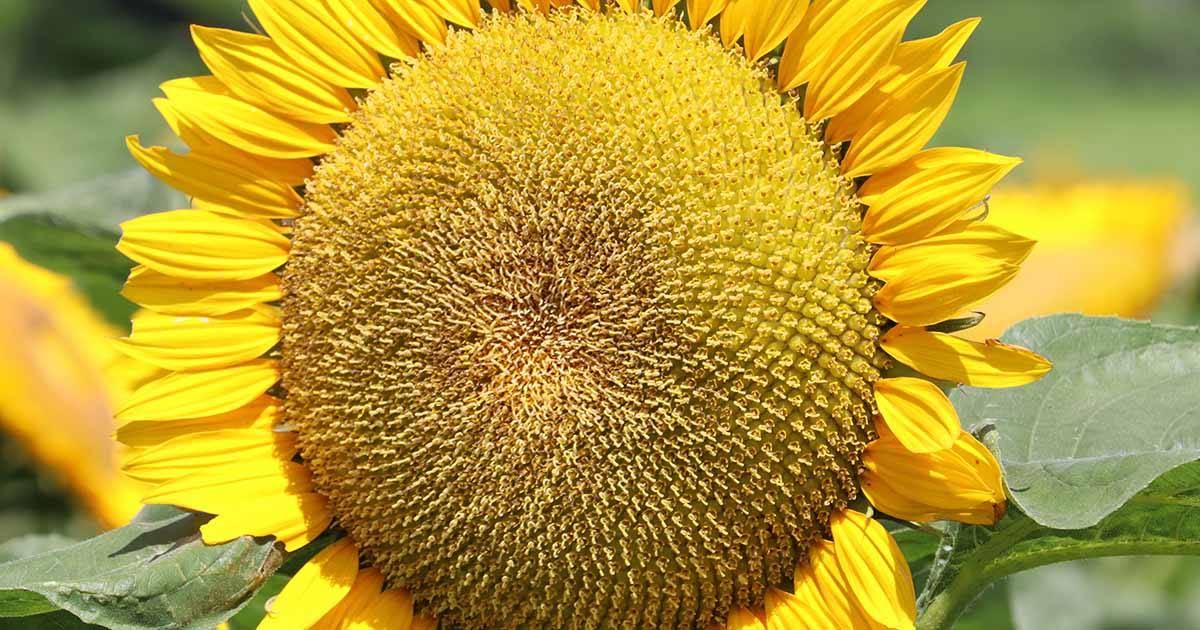
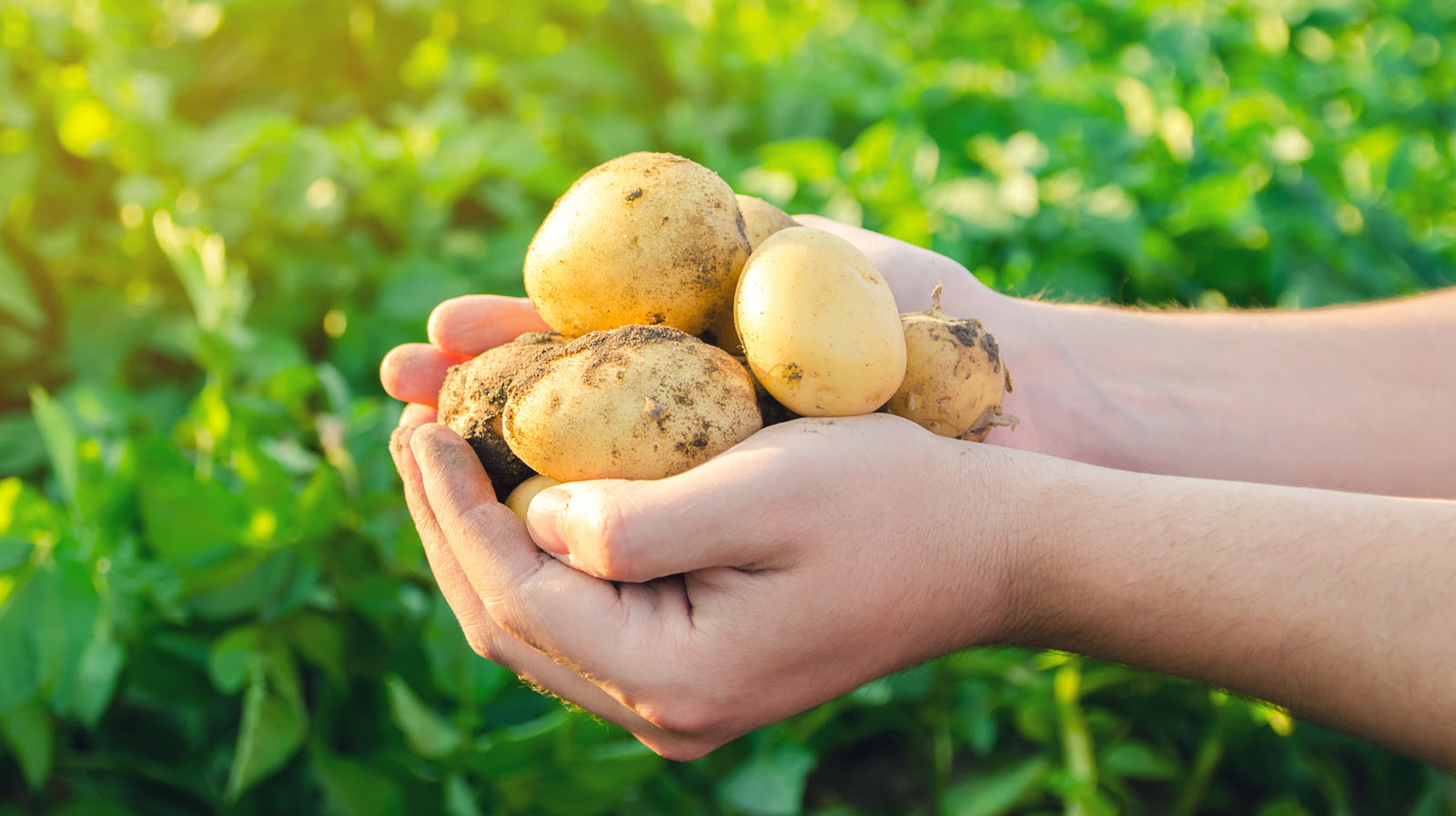
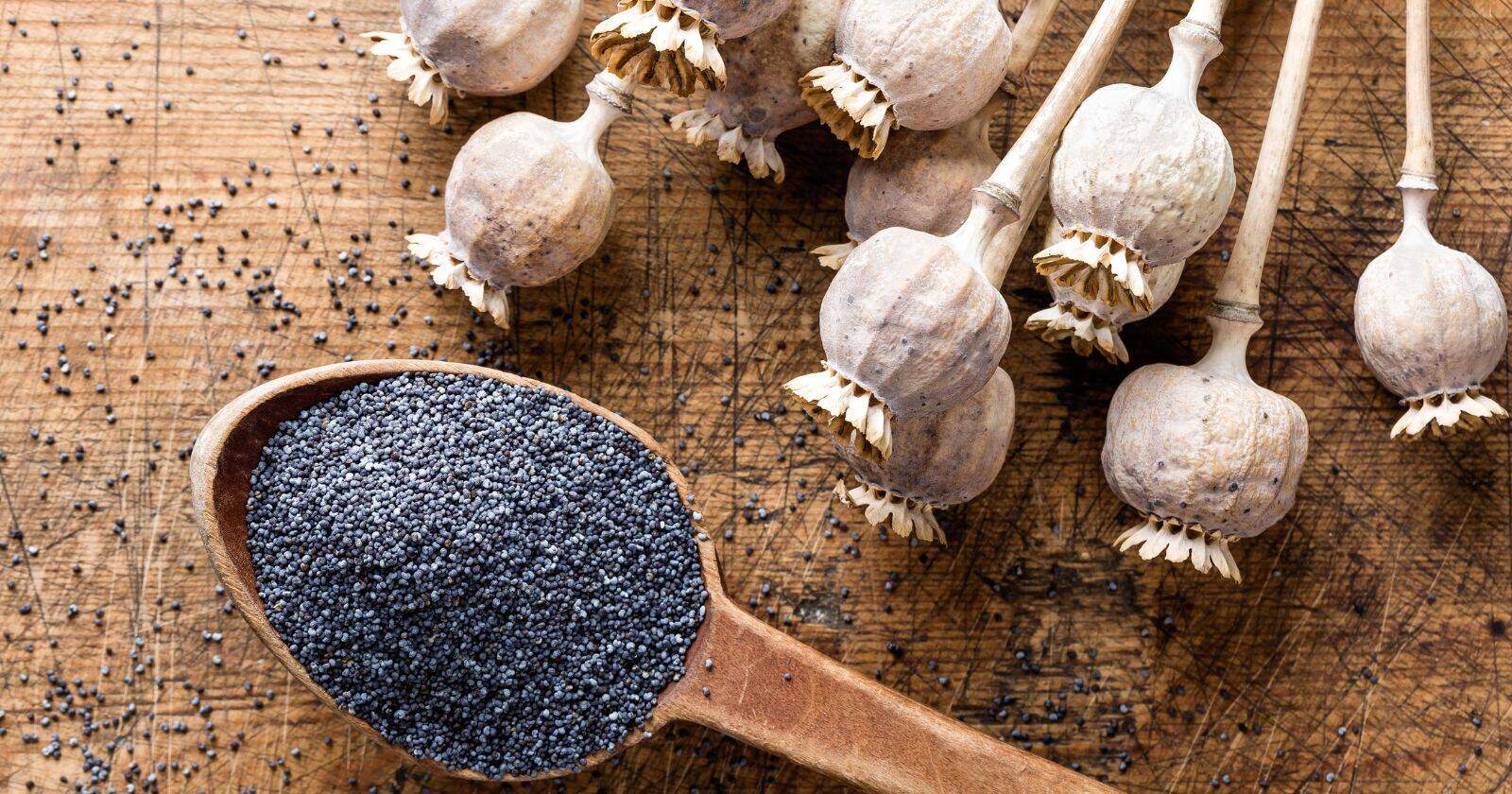

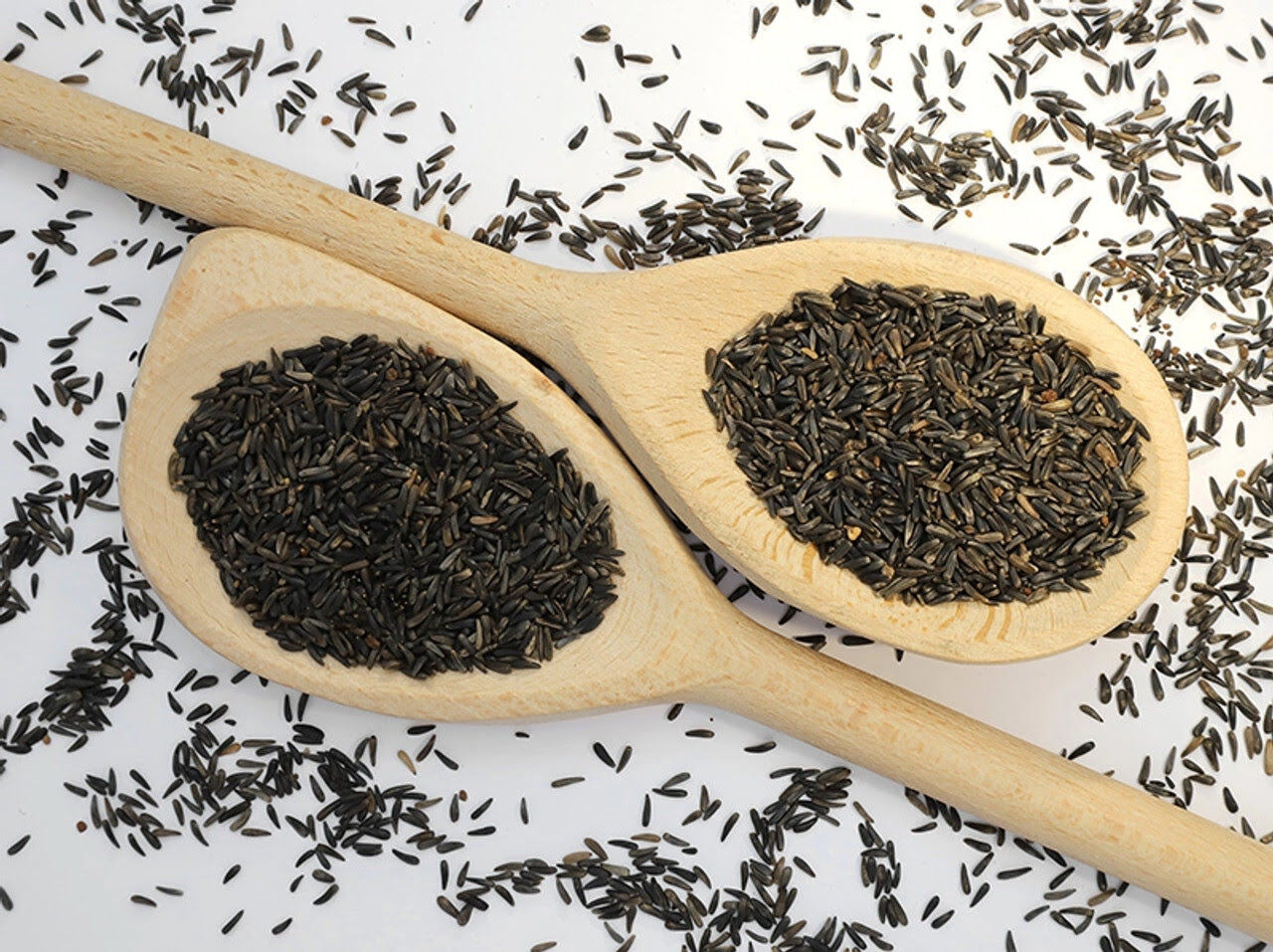
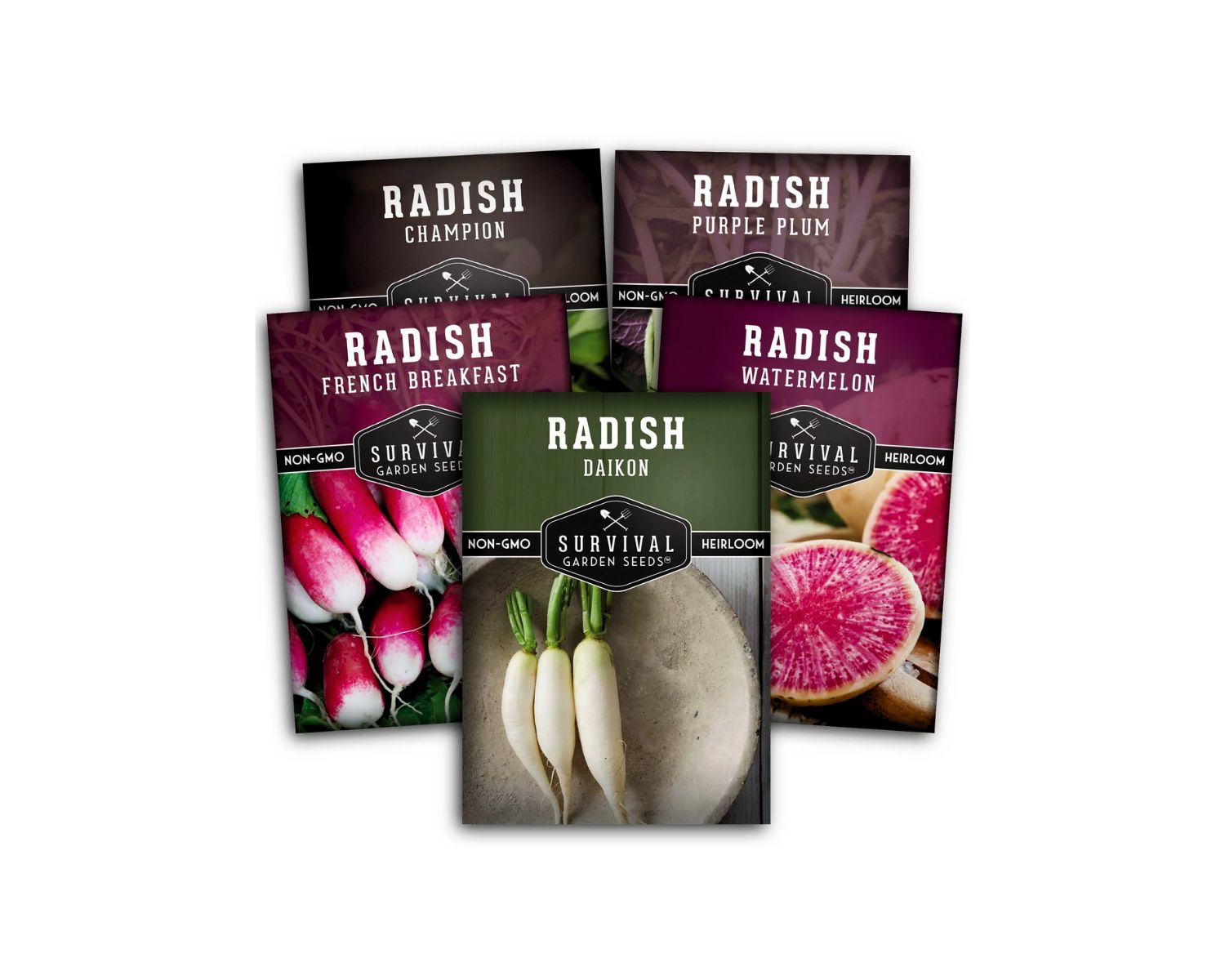
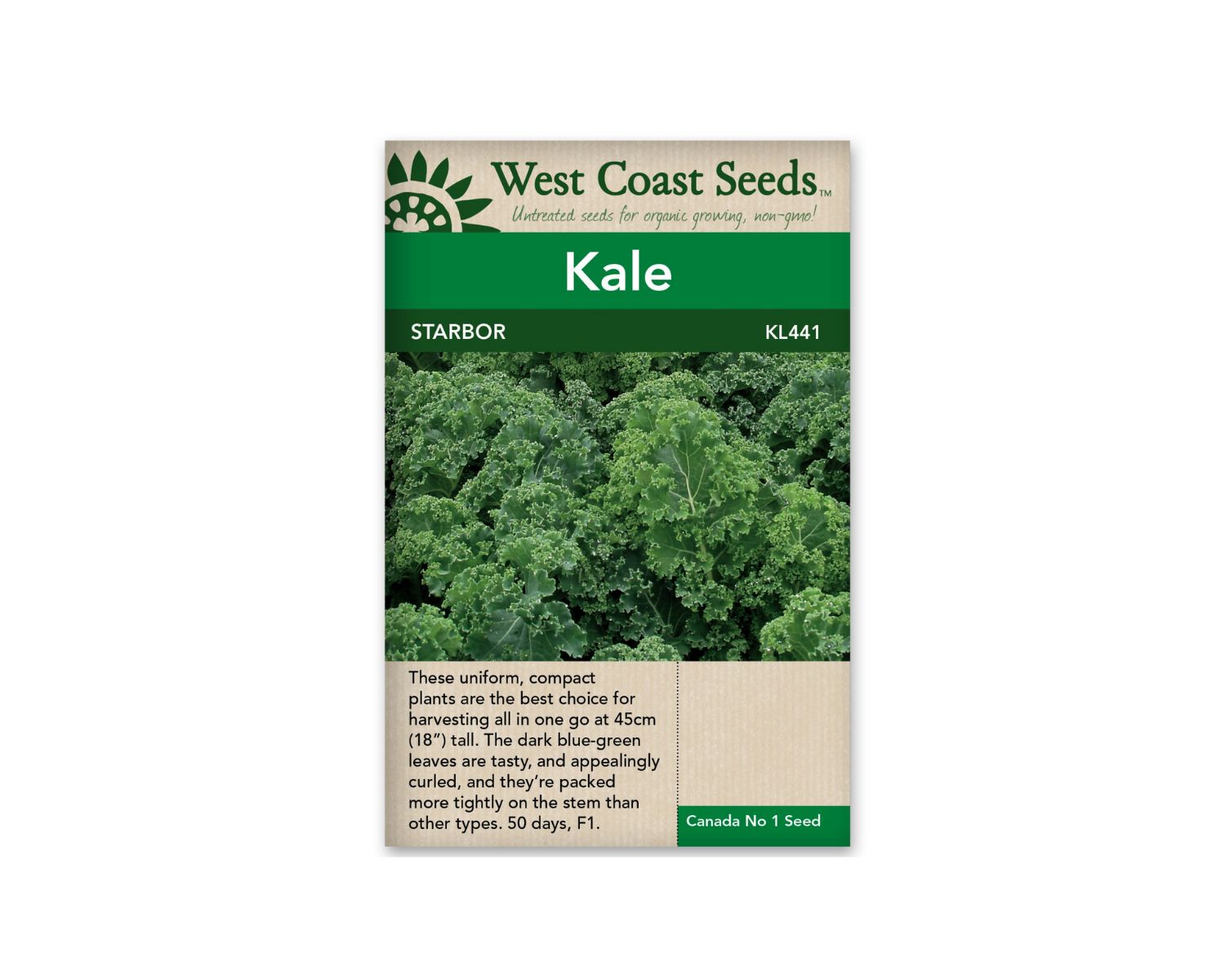
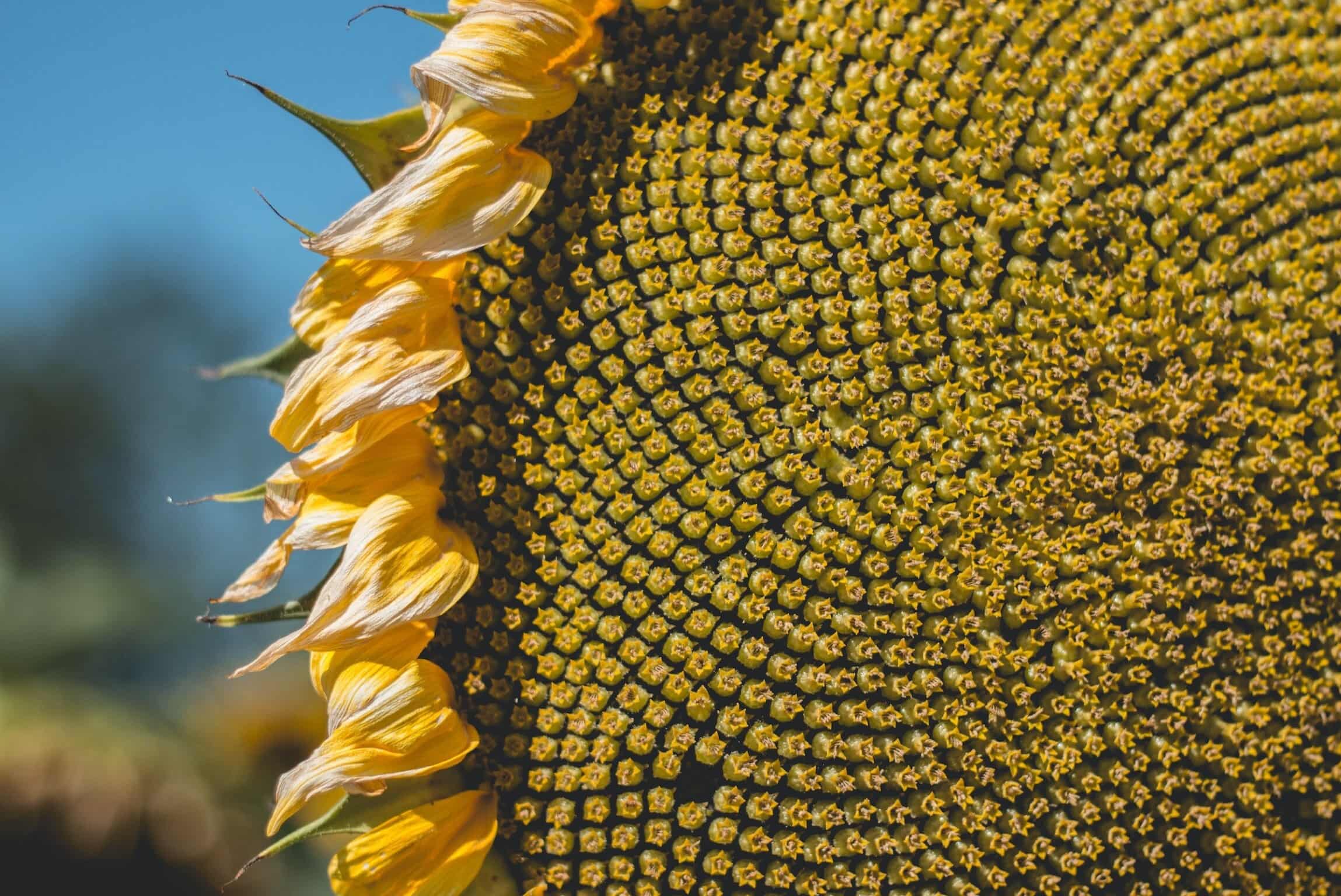
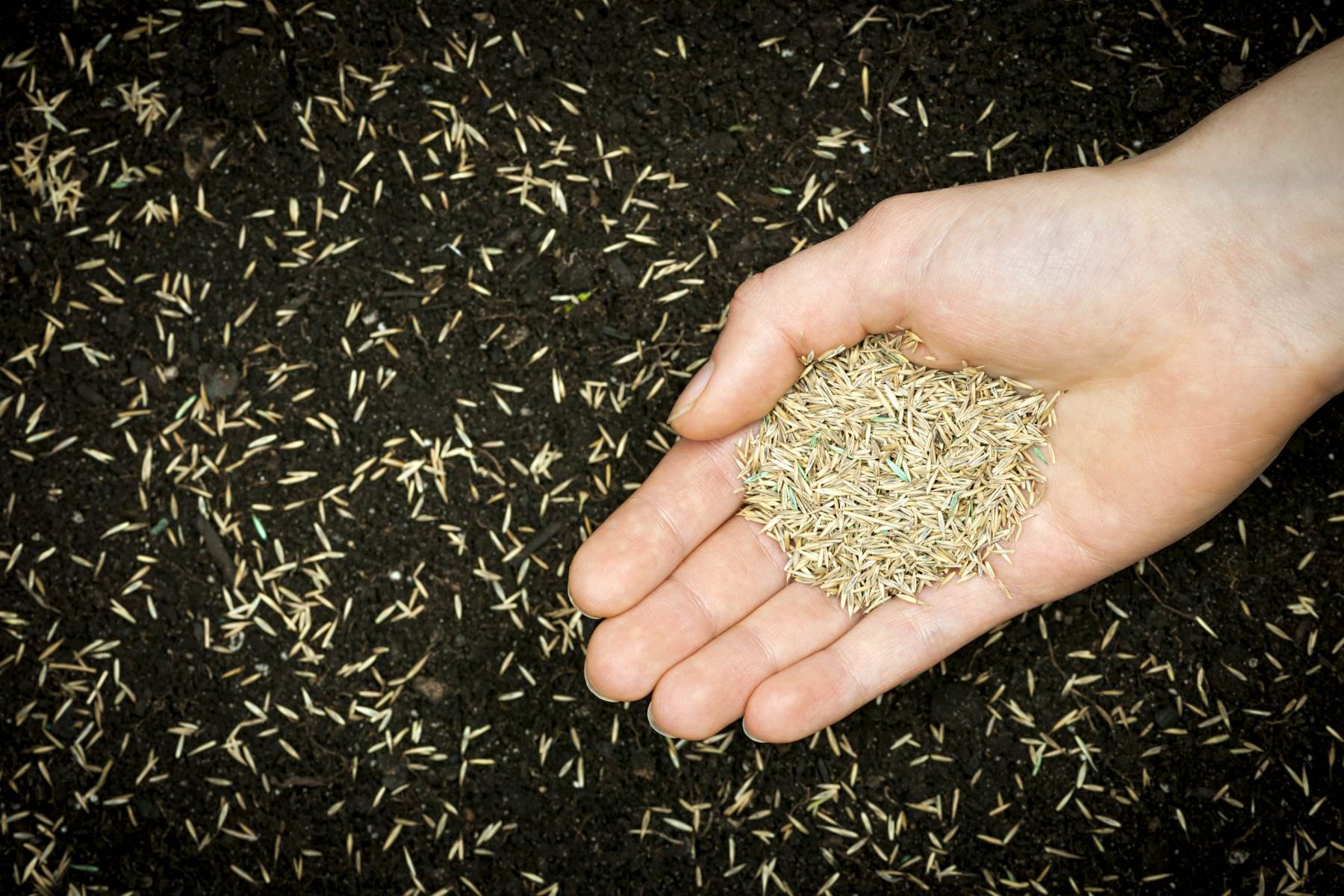
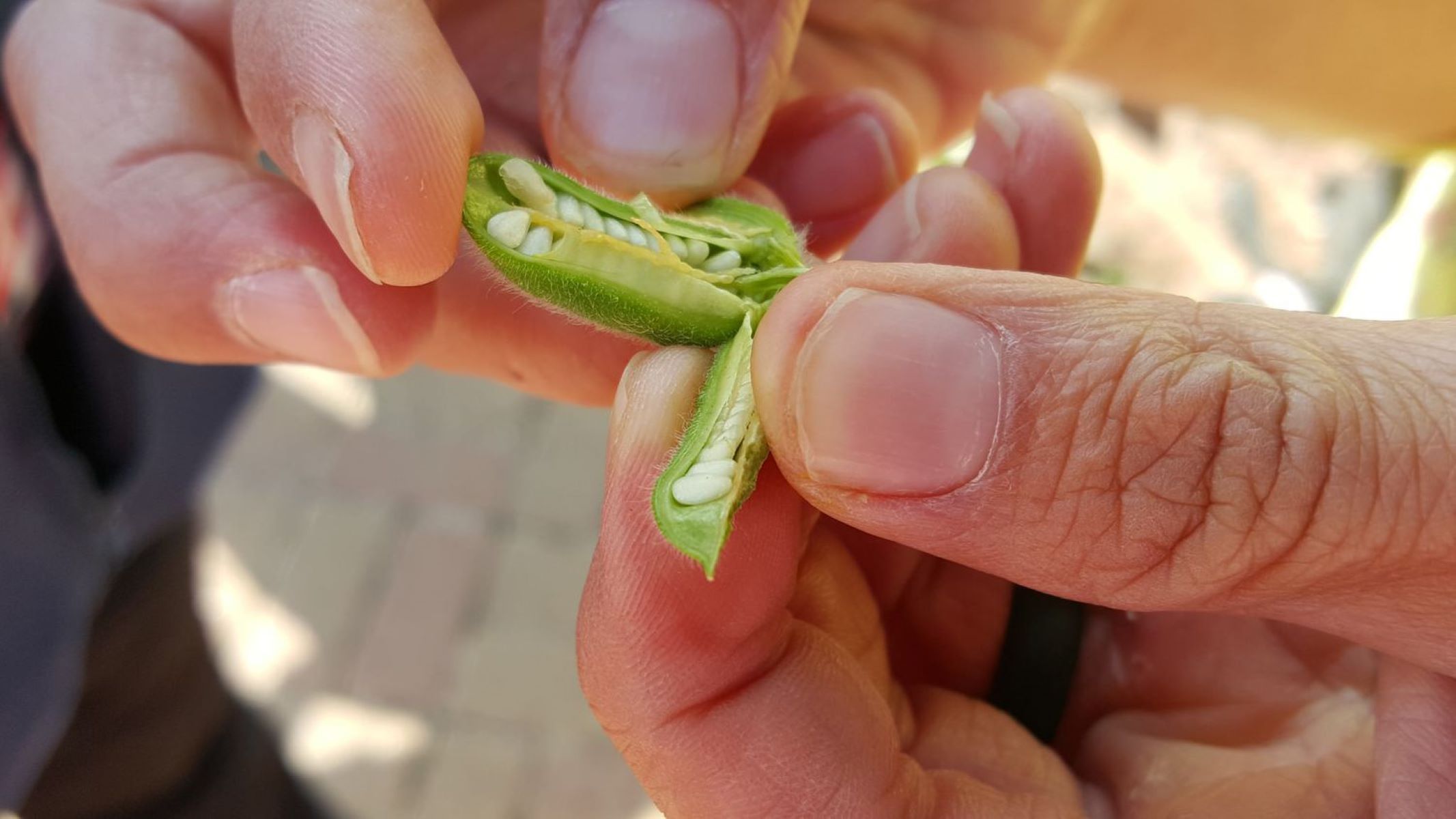
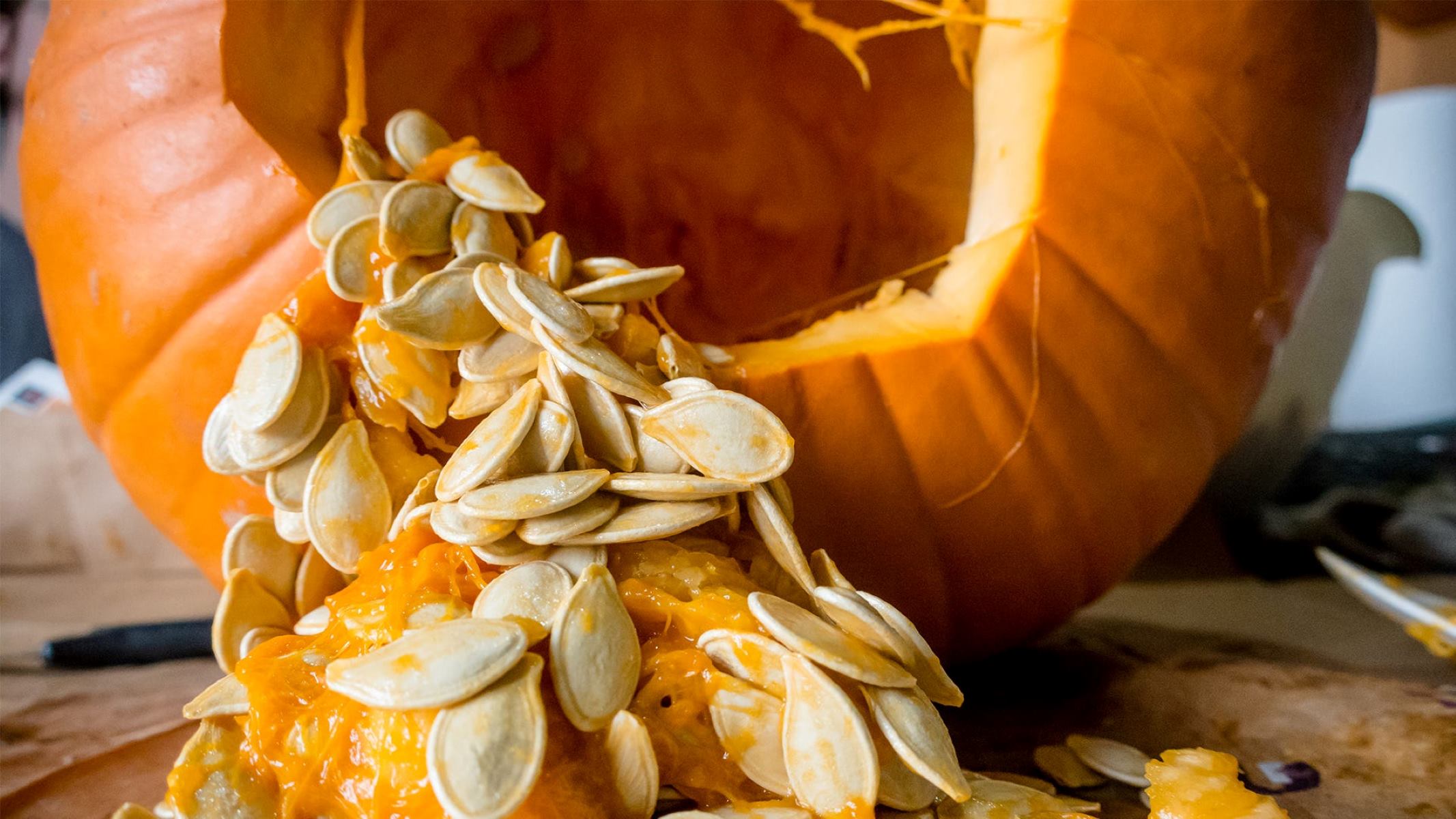
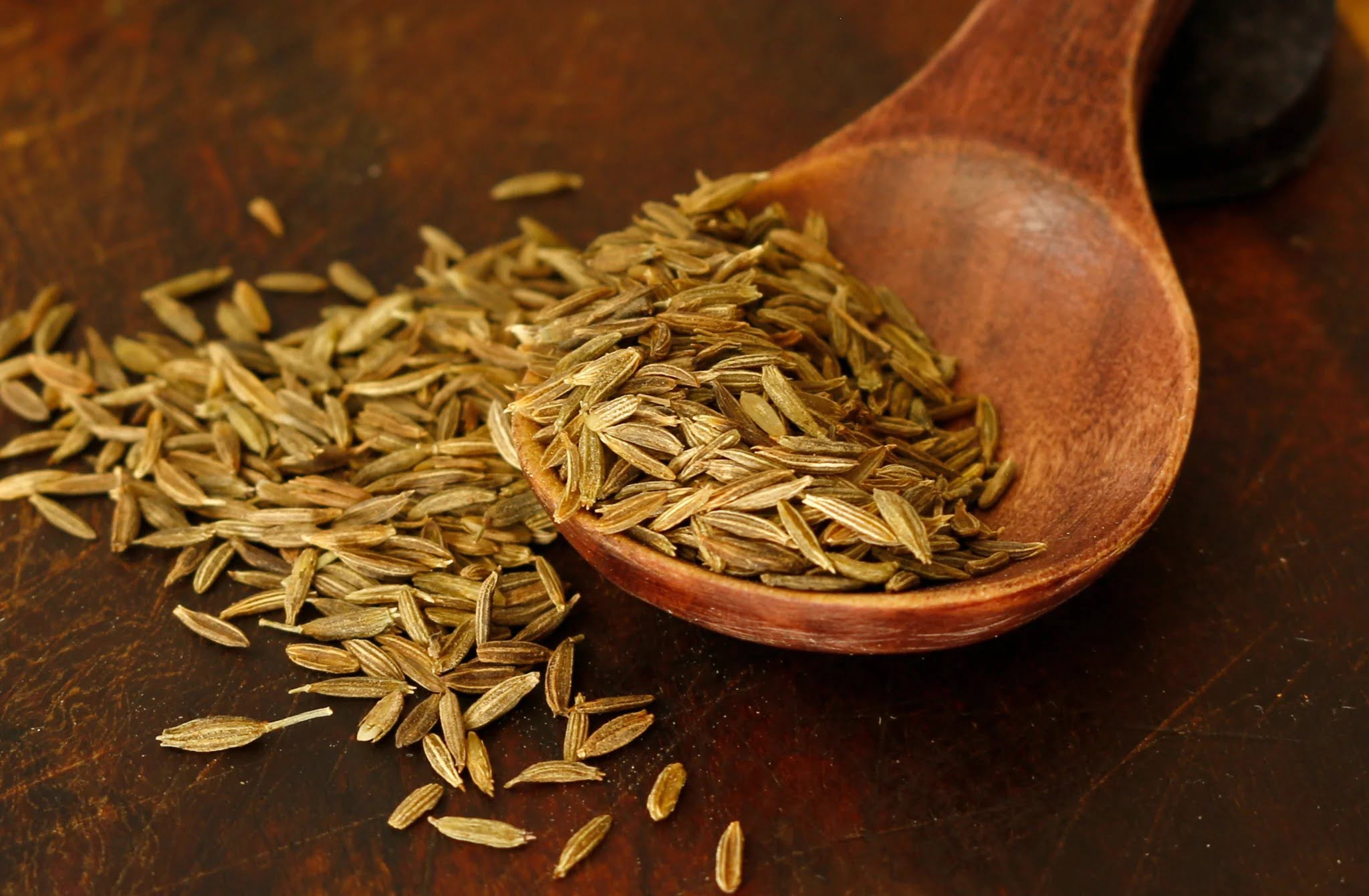

0 thoughts on “Where Did Chia Seeds Come From”